
Crypto derivatives are beginning to make some serious noise. A whole new asset class is emerging in the blockchain space, and the crypto derivatives market is taking the industry by storm. An entirely new generation of investors is gaining access to investment opportunities that were difficult to participate in before crypto.
Investors and institutions alike are beginning to realize that the crypto derivatives market is both huge and largely untapped. Additionally, crypto derivatives innovations help the blockchain industry integrate with the traditional financial sector like never before.
In this article, we’re going to explore the crypto derivatives market, how it functions, and industry-specific features that are appealing to investors. We’ll also take a look at some of the most popular crypto derivatives platforms in use currently and discuss the impact this could have on the traditional derivatives market.
Blockchain is at the forefront of a new economic paradigm. Cryptocurrency is changing how we think about money and investing. Ivan on Tech Academy is the number one cryptocurrency education platform where you can learn about every aspect of the crypto industry. From Blockchain & Bitcoin 101 to Crypto Basics, Ivan on Tech Academy has all of the most up-to-date content available in one single place.

Also, our students are guided by their own dedicated mentors after creating a personalized study plan. Check out Ivan on Tech Academy to see how you could kickstart your new career in blockchain!
What Is A Derivatives Market?
In the traditional financial sector derivatives are financial assets valued on the price of different commodities, stocks, indexes, or any other ‘underlying asset’. The price fluctuations and confidence in the success of the underlying asset determine the value of the derivative.
The derivatives market is available through OTC (over the counter) trading or exchanges. OTC-traded derivatives come with higher risk. This is due to having multiple parties involved in the transaction, running a greater risk of one of them defaulting. This is known as counterparty risk. Exchange-traded derivatives are more heavily regulated, providing an additional layer of security for investors.
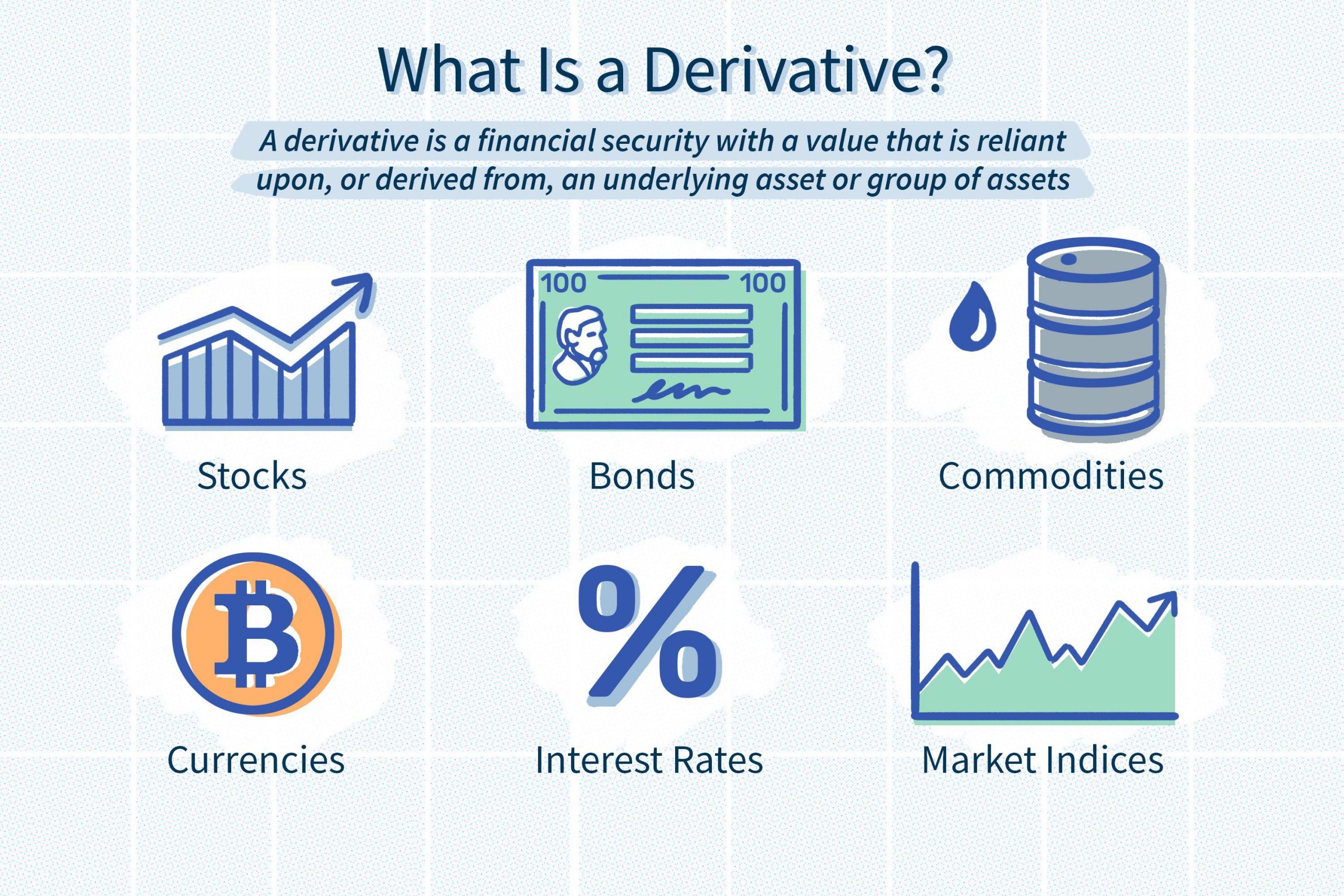
There are several different types of derivatives:
Futures Contracts:
Also referred to as just ‘futures’, these derivatives are based on agreeing on a set price for an underlying asset to be paid for in the future. Futures contracts have an expiration date, and investors can choose to buy or sell the contract up until the deadline set on the date of expiry. These contracts are often used to hedge against or speculate upon an underlying asset. Futures options are only available on an exchange.
Forward Contracts:
Forward contracts, or ‘forwards’, are most commonly OTC-traded derivatives. This is due to the nature of the individual or custom derivatives contracts in place between two or more parties. The expiry date, value of the derivative, and the underlying asset can all be negotiated within forward contracts. Trust is often needed for at least one party to fulfill their payment or underlying asset within the contract. This is often the derivatives trade with the highest counterparty risk.
Swaps:
Swap derivatives are often used as a hedge from one cash flow to another. This is a popular kind of derivative, and a favorite used by Michael Burry in 2008 as demonstrated in the Netflix hit, ‘The Big Short’. These swaps were used as a hedge against the housing market crisis that eventually led to the 2008 financial crash.
Options Contracts:
Options contracts are very similar to futures contracts. They both are contracts to pay a certain price for an underlying asset on a future date. However, there is one significant difference. Options contracts are non-obligatory and offer an opportunity for price exposure. However, futures contracts are legal agreements that must be either bought or sold before the given expiry date.
As demonstrated in the Visual Capitalist’s post, the global market cap for OTC and non-OTC derivatives in 2020 was $1 quadrillion (for reference, that’s $1,000,000,000,000,000).
What Are Crypto Derivatives?
The crypto derivatives market can refer to a decentralized version of a derivatives market based on blockchain technology, or alternatively the derivative options available with various cryptocurrencies. Similar to the traditional financial market, Bitcoin derivatives are valued on the future price of Bitcoin as the underlying asset. Bitcoin derivatives come in all shapes and sizes serving various functions. This has opened up a world of possibilities by introducing a new asset class to the next generation of investors.

Crypto derivatives traders can typically choose between Bitcoin futures and options, however, options work slightly differently in crypto. Bitcoin options have ‘call’ and ‘put’ options instead of going long or short on an asset. A call action gives an investor the right to purchase Bitcoin at a particular price in the future. On the other hand, a put action allows an investor the right to sell Bitcoin at a certain price at a set future date.
An additional feature to crypto derivatives is perpetual swaps or contracts. Unlike futures or options, perpetual contracts have no expiry date. Platforms such as Phemex allow traders to open perpetual contracts for as long as they like. The funding rate mechanism incentivizes traders to maintain the derivative price as close to Bitcoin’s underlying price, and not just open up a long position for 50 years on Bitcoin.
One of the biggest game-changers for the crypto derivatives industry is the introduction of synthetic assets. Synthetic assets are real-word assets that are tokenized or price-pegged on the blockchain. These unique derivatives are key for the future mass adoption of crypto and sustainable growth of the decentralized financial industry.
Why Do We Need Crypto Derivatives?
Investment vehicles for assets such as commodities and precious metals are often not accessible to most, with a high barrier for entry. Similarly, access to stocks and index funds often require large amounts of initial capital. Thanks to DeFi, these assets can be price-pegged and tokenized on the blockchain. This allows investors of any demographic to gain indirect exposure to real-world assets that would be otherwise unobtainable.
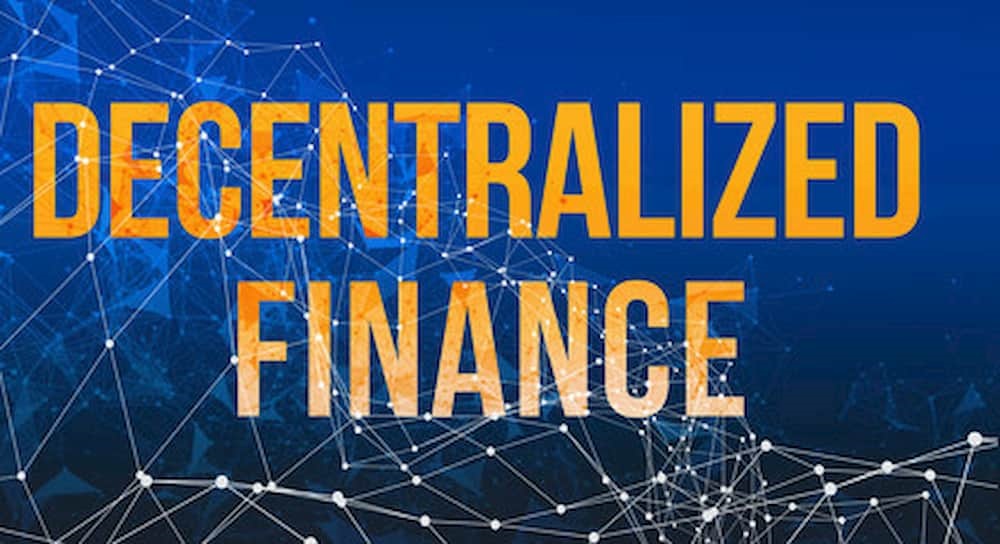
When trading crypto derivatives, there is no brokerage account involved nor any need for an intermediary or third party. Some platforms will require KYC (Know Your Customer) documents; others will not. This opens up a door of financial opportunities for people who would have never before had the chance.
DeFi Pulse Top 5 Crypto Derivatives Protocols
There is a growing list of crypto derivatives platforms in the space. Below, we have listed the best performing protocols according to DeFi Pulse. These are the top 5 crypto derivatives platforms with the highest TVL (transaction value locked).
Synthetix
Synthetix is an Ethereum-based decentralized derivatives platform that facilitates the creation of Synths. Synths are synthetic assets that are pegged to the price of a real-world asset. The platform currently supports more than 30 different synthetic assets, including precious metals, stocks, and commodities.

Users can lock-up their crypto as collateral and mint Synths, which can then be traded like any other ERC-20 token. Also, holders of the native SNX token receive a portion of transaction fees from the Synthetix decentralized exchange (DEX). This also applies to Synth minters to incentivize Synth creation.
Nexus Mutual
Nexus Mutual is a decentralized platform built on Ethereum that allows members to pool and share risk. A mutual acts as a community-run alternative to insurance but acts in a similar way in DeFi. Members of Nexus Mutual can purchase cover for smart contract failure by holding the NXM token. As its community owns the platform, all members receive a portion of all capital that exceeds the requirement for claims.

Smart Contract Cover was the first offering from Nexus Mutual. This protects members against losses caused by smart contract manipulation. The Nexus Mutual Smart Contract Cover is customizable for different use cases. Members can also pay NXM, ETH, or DAI. All payments are priced in NXM, so any ETH or DAI payments are immediately exchanged for NXM.
The NXM token is used to govern the protocol. Also, NXM incentivizes integrity and honesty in the claim-assessment process. Stakers are penalized for staking NXM tokens for fraudulent claims, while those that stake to support a legitimate claim are rewarded.
HEGIC
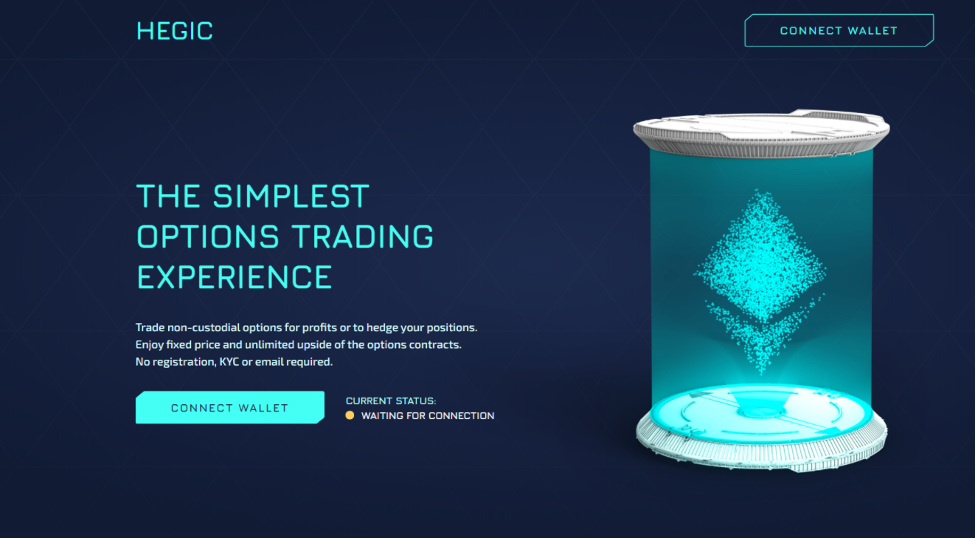
Hegic is a decentralized trading platform that facilitates peer-to-pool option trading on the Ethereum blockchain. Users can purchase ETH or WBTC call and put options with the flexibility afforded by Hegic liquidity pools. Options can be purchased with any strike price over a flexible period and can be exercised at any given time within a holding contract period as liquidity is locked inside the Hegic option contract.
Erasure
Erasure protocol is a decentralized data marketplace for predictions, developed by Numerai. The protocol lets users submit predictions and build a reputation score based on their accuracy. Reputation is built over time by staking crypto assets to show confidence in predictions or data.

Predictions are made by staking the native Numeraire token (NMR). Buyers are able to assess the accuracy of a prediction based on historical staking performance.
The first application to be launched on Erasure is Erasure Quant. Erasure Quant is a decentralized protocol that serves as a marketplace for stock market data. Following this, peer-to-peer data market ErasureBay went live on mainnet in March 2020 as the second offering where users can buy and sell information on the blockchain.
Opyn
Opyn is an Ethereum-based decentralized insurance platform designed to protect users from a variety of risks associated with DeFi. Created using Convexity Protocol, a generalizable options protocol, Opyn is a platform that facilitates put and call options. Options come in the form of oTokens, which anyone can purchase to protect from smart contract failure, black swan events, and other DeFi risks. Also, by depositing collateral into a vault, users can mint and sell oTokens. This allows users to earn a premium by protecting other users.
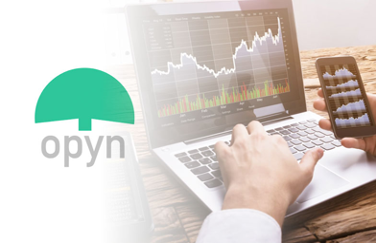
If you want to learn how to use crypto derivatives and other DeFi protocols, Ivan on Tech Academy is the perfect place to start your education. Regardless of any previous experience, the Academy has courses that cover every aspect of cryptocurrency. Check out our DeFi 101 and Defi 201 courses to gain foundational knowledge about the ever-evolving world of DeFi. Also, the Ivan on Tech Academy Algorithmic Trading course is perfect if you want to take your derivatives trading to the next level!
UK FCA Ban On Crypto Derivatives
In October 2020, the UK Financial Conduct Authority announced a nationwide ban on retail consumers trading crypto derivatives and futures contracts. According to the FCA official website, this was put in place to “protect consumers” from the harm crypto derivatives pose. Some of these ‘threats’ to consumers include “extreme volatility in cryptoasset price movements” and “inadequate understanding of cryptoassets by retail consumers”.
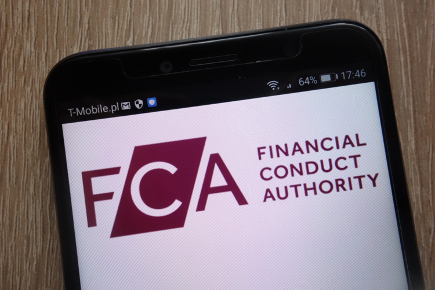
Many view the reasons behind this prohibition as not being sufficient to warrant a ban in the first place. Others believe it is simply a way for government authorities to try and gain some control over the crypto industry.
The FCA further states: “retail consumers might suffer harm from sudden and unexpected losses if they invest in these products”. Whilst this can be true, it is in the inherent nature of DeFi. As long as you DYOR (do your own research) and understand risk management, there is no reason why crypto derivatives, in themselves, would produce any additional financial harm to users.
Future For Crypto Derivatives Market
In 2020, the Bitcoin futures market saw unprecedented growth, largely driven by institutional investors in the second half of the year. This is only expected to continue. Bitcoin futures hold the largest amount of contracts within the crypto derivatives market. This is probably due to it being the biggest cryptocurrency, most understood, and most regulated.
However, as traditional investors begin to dip their toes into crypto, Ethereum has also gained attraction over 2020. For example, futures contracts for ETH rose over 300% throughout the year.
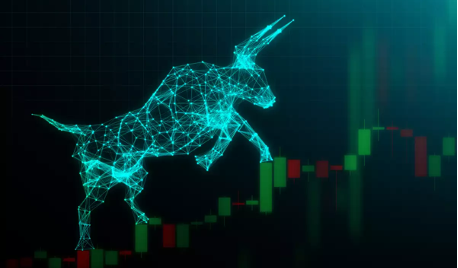
All in all, it is anticipated that the crypto derivatives market has a bullish year ahead, with the introduction of other new types of cryptocurrencies becoming available to traditional investors.
Crypto Derivatives Markets Conclusion
The world of cryptocurrency is changing rapidly. The use cases for blockchain technology are becoming increasingly innovative and creative, which provides a platform for a new generation of investors and traders. Crypto derivatives lower the barrier of entry to the entire derivatives market on the blockchain. Furthermore, this is achieved without third-party intermediaries or brokerage accounts.
The derivatives market has suddenly become accessible to everybody. Regardless of nationality, wealth, or status, anybody can participate in crypto derivatives. As the market expands, we can expect to see huge growth and development within this area of the blockchain industry. The crypto derivatives platforms mentioned in this article are a great place to start looking into decentralized derivative investment opportunities.
Blockchain is changing how we think about money. Whether you’re an investor, a business owner, or an employee, empowering yourself with blockchain and crypto knowledge puts you ahead of the pack. There has never been a better time to learn a new skill. If you’d like to learn about how blockchain is reshaping the financial sector, check out our Fintech 101 course and Blockchain Business Masterclass. These courses are created by our team of industry-leading professionals here, at Ivan on Tech Academy.





